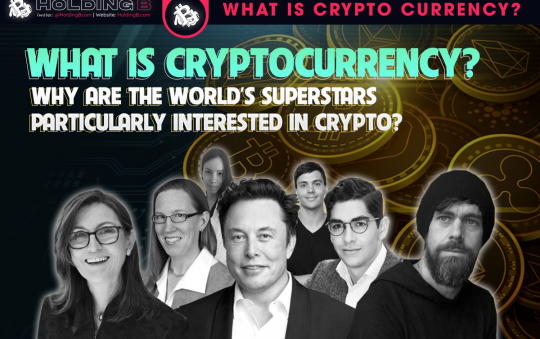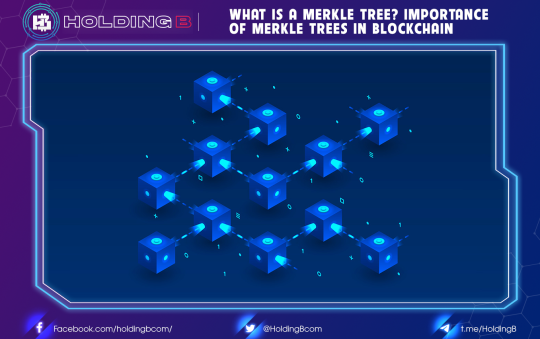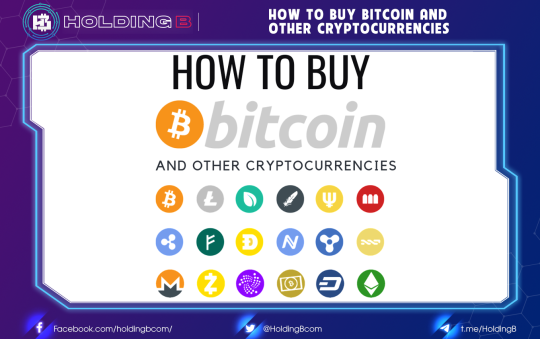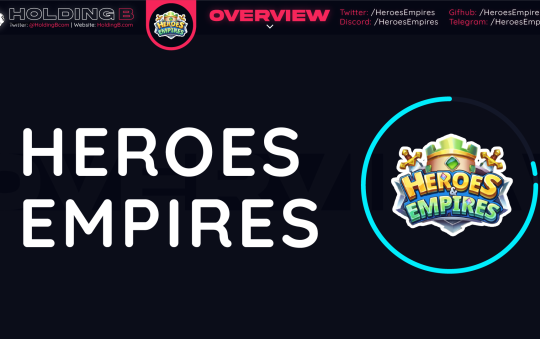Over the past decade, cryptocurrencies and blockchain technology have evolved to the point where they have the potential to disrupt our traditional financial economy and many other areas. One of the main benefits of cryptocurrencies is that they are tradable and constitute a separate asset class to invest in.
However, cryptocurrencies are also famous for their volatility. Its stability is short-term; you never know when the market is up or down. They could be worth thousands of dollars one day, but before you get there, they might not be worth much. If you pay attention, you will see that most DeFi projects use stablecoins like USDT, USDC, BUSD… Stablecoins have appeared to solve these problems.
In that situation, the Terra project is built to create stablecoins that can be traded in commerce in order to build useful ecosystems.
What is Terra?
Terra is a smart contract blockchain that aims to provide an ecosystem for seigniorage-based, algorithmically-managed stablecoins that are pegged to fiat in a decentralized manner.
Stablecoin Terra and LUNA tokens
The two main components of Terra’s ecosystem are its stablecoin, called “Terra,” and its utility and governance token, LUNA.
LUNA
The LUNA token will act as the price stabilization fund of the Terra stablecoin with an equivalent value by which the LUNA tokens are burned and issued using the stablecoin’s on-demand algorithm.
LUNA has a total supply of 1 billion tokens and the price of LUNA increases as more and more transactions occur. Terra is one of the projects invested in by Binance Labs and a number of other large funds.
LUNA token holders can participate in governance through staking. Terra validators can submit protocol improvement proposals and vote on changes using their staked LUNA as voting power.
TERRA
Terra is a decentralized coin.
What’s special about Terra is that the majority of stablecoins are centralized coins as they are backed by real-life companies, which makes them useless if the companies that own them go bust or lose. liquidity. Terra is a decentralized coin, so they can all operate independently without any company’s ownership.
Terra can create multiple stablecoins that form an international payment network. While the ecosystem currently supports a variety of Terra currencies, including those pegged to the Korean Won, Mongolian Tugrik, and IMF SDR basket of currencies, Terra’s flagship product is the USD-pegged stablecoin, TerraUSD (UST). UST is currently the fifth largest stablecoin in the market. UST is one of the fastest growing assets in the industry, reaching a market cap of $2.5 billion within a year of its launch.
Or you can understand it like this: these Terra stablecoins will correspond to popular currencies such as USD, EUR, CNY, JPY, KRW, GBP, etc., and the common currency of the IMF is SDR. And we have the corresponding stablecoins pegged to the above currencies: TerraUSD, TerraEUR, TerraJPY, TerraCNY, TerraGBP, TerraKRW, TerraSDR.
What are the highlights of Terra?
Decentralized coin
Terra is a decentralized coin, so they can all operate independently without any company’s ownership. Certain protocol changes, including blockchain parameters, reward distribution, transaction fees, and spending from Terra’s treasury, may be applied automatically, while other more complex proposals are done manually by the core development team at Terraform Labs after they are voted on by the community.
The ability to apply in the real world
While most of the other Layer 1 protocols cater to today’s crypto users, Terra’s standout is with interoperable and scalable stablecoins like UST, simple savings protocols like Anchor, and the Mirror aggregator stock trading platform. As such, we can see Terra expanding beyond the crypto world and creating a stable and intuitive environment to drive real-world adoption.
Low cost
Stablecoins like USDC and USDT have very large transaction fees, sometimes even higher than 10 USD, which makes them unavailable for retail trading. With almost zero transaction costs, Terra sets itself apart from other stablecoins.
Assets should not be liquidated
As you know, MakerDAO is a Decentralized Finance (DeFi) project, owning DAI, a crypto-collateralized stablecoin pegged to the US dollar. Therefore, your assets can be completely confiscated and liquidated to ensure the value of stablecoins. Terra takes a different approach by letting asset holders put their tokens in a stable reserve basket and earning transaction fees from Terra.
How does blockchain Terra work?
It uses a Proof of Stake consensus algorithm based on Tendermint. Similar to other DPoS-based blockchains such as Cardano, EOS, and TRON, Terra optimizes performance, scalability, and interoperability while implementing compromises in terms of decentralization.
To become a miner or validator in Terra, users must stake their own LUNA tokens or have other users delegate their LUNA stakes. (=)This means that while the authorizers can earn a portion of the fees accrued by validators, they also face the risk of losing money if the validators they authorized to stake go live. wrong move
The potential of project Terra
It can be said that Terra has a strong ecosystem that determines the value of a coin because the ecosystem is the place to ensure liquidity as well as create the actual use value of cryptocurrencies. In fact, the company behind Terra, TMON (Ticket Monster), is one of the 10 biggest e-commerce companies in Korea.
With such a strong foundation and wide relationship, Terra attracts investment from Kakao Ventures, Kakao Investment, Dunamu & Partners, Hashed,… main driver of the TMON e-commerce platform. Not only did Terra receive investment from Korea, but also from a number of other large investment funds, including 1kx, Kenetic, GBIC, Monex Group, Translink Capital, and others.Terra is the first and only project in Korea that has been invested in. Polychain Capital is one of the first crypto investment funds backed by Sequoia Capital, the leading prestigious venture capital fund in the US.
That’s why Terra is a good project for those who want a long-term, low-risk investment.
See ya in the next article !
Don’t forget to follow useful articles about Crypto Market from team Holding B !!!
- Telegram Channel: https://t.me/HoldingBcom
- Telegram Group: https://t.me/HoldingB
- Website: https://holdingb.com/
- Twitter: https://twitter.com/HoldingBcom
- Facebook: https://www.facebook.com/holdingbcom





